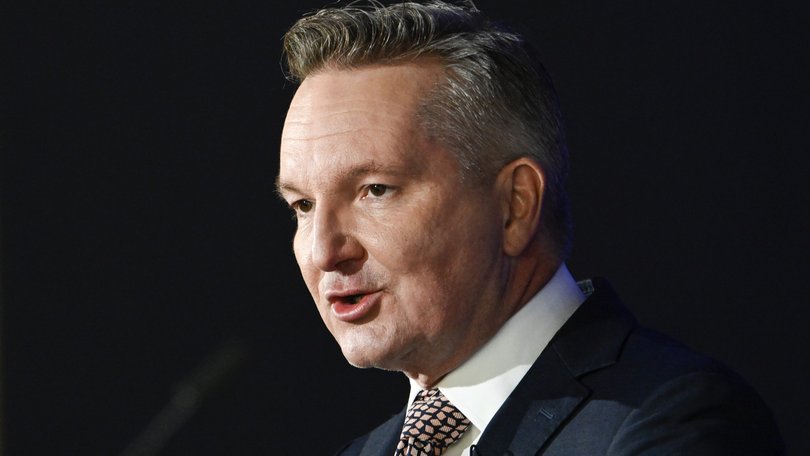Australia expands backing for renewable energy as UN pushes for higher climate targets

The amount of renewable energy projects that the taxpayer will underwrite will be significantly expanded as Australia comes under pressure from the United Nations to step up its emissions reduction ambitions.
Australia’s Capacity Investment Scheme, which provides a guaranteed revenue floor for renewable generation and storage projects, will be increased by 25 per cent, Climate Change and Energy Minister Chris Bowen will announce on Tuesday.
That means an extra three gigawatts of guaranteed generation - enough to power more than one million households - and a further five gigawatts of dispatchable capacity or storage - equivalent to supplying 4.6 million households with energy at peak times.
Sign up to The Nightly's newsletters.
Get the first look at the digital newspaper, curated daily stories and breaking headlines delivered to your inbox.
By continuing you agree to our Terms and Privacy Policy.The boost will take the total capacity of the scheme to 40 gigawatts.
“Our energy grid’s transition remains urgent. As our ageing coal-fired power stations only become more expensive and more unreliable, we need new generation now,” Mr Bowen will tell the Investor Group on Climate Change, a network of super funds and other investors focused on funding the transition to net zero.
“It remains the case that to rebuild Australia’s energy grid into the modern, reliable and fairer system, we need to get renewables and storage online, faster.
“It’s right that the sunniest and windiest continent remains at the forefront of solar and wind innovation - and this backing shows the government intends for it to stay that way.”
The scheme has unlocked record investment in Australia’s energy grid in its three years of operation and has put Australia on track to reach its target of 82 per cent renewable energy by 2030, Mr Bowen will say.
It has proved a hit with investors, with all six tenders being massively oversubscribed - the most recent tender for dispatchable capacity, such as batteries and hydroelectricity, received 135GWh of bids compared to the 16GWh target.
But while the government maintains it is on track to meet its 2030 clean energy and emissions reduction target, it has yet to release its target for 2035, which it is required to do by the UN in the coming months.
Mr Bowen will meet with UN climate chief Simon Stiell in Canberra on Tuesday.
Ahead of the meeting, Mr Stiell urged Australia to lead the way with an ambitious emissions reduction target for 2035.
“It’s a critical moment for all countries,” he told ABC Radio National.
“But for Australia specifically, there’s an incredible opportunity to demonstrate what ambition looks like, to take full advantage of all of its natural resources in the green energy space, and to accelerate its transition away from its dependence on fossil fuels to new green technologies.”
Australia’s current target calls for a 43 per cent reduction in greenhouse gases by 2030, but a more challenging target between 65 and 75 per cent by 2035 is being considered by the Climate Change Authority, which will advise the government.
As a major exporter of coal and gas, Australia must also tackle exported carbon emissions as part of a global push to reduce reliance on fossil fuels, Mr Stiell said.
The Coalition is yet to announce its climate plan amid a sweeping post-election review of its entire policy suite.
Its support for a net zero emissions target is being challenged by Nationals backbenchers, including Barnaby Joyce, Michael McCormack and Matt Canavan.
Liberal frontbencher Tim Wilson, who’s a strong supporter of the previous coalition government’s plan to reach net zero by 2050, said the path to net zero must not compromise price and reliability.
“I see the basis of getting to net zero emissions is contingent on net zero price increases and net zero outages if you want to get net zero emissions,” he told Sky News.
“If you actually have prices rise, if you don’t have stability in our electricity grid and security in our electricity grid, unsurprisingly, support for emissions reduction declines with it.”
